Our Environment Class 3 Notes Science
Introduction
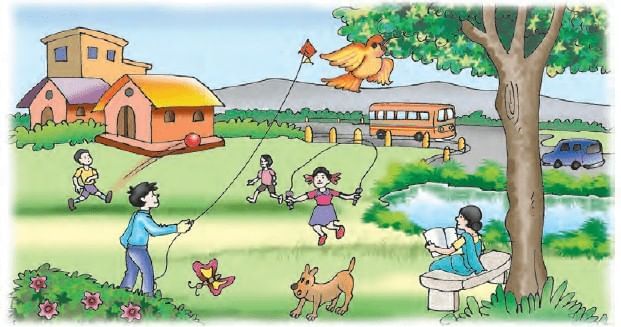
Hello, little explorers! Have you ever wondered where we live? Not just in our house, but in a much bigger place—our Earth!
Everything around us, like trees, animals, water, air, and even the bright sun, is a part of our environment. It gives us everything we need—fresh air to breathe, water to drink, and food to eat!
But guess what? We are also a part of the environment! Humans, animals, and plants all live together, helping each other like a big team.
Environment
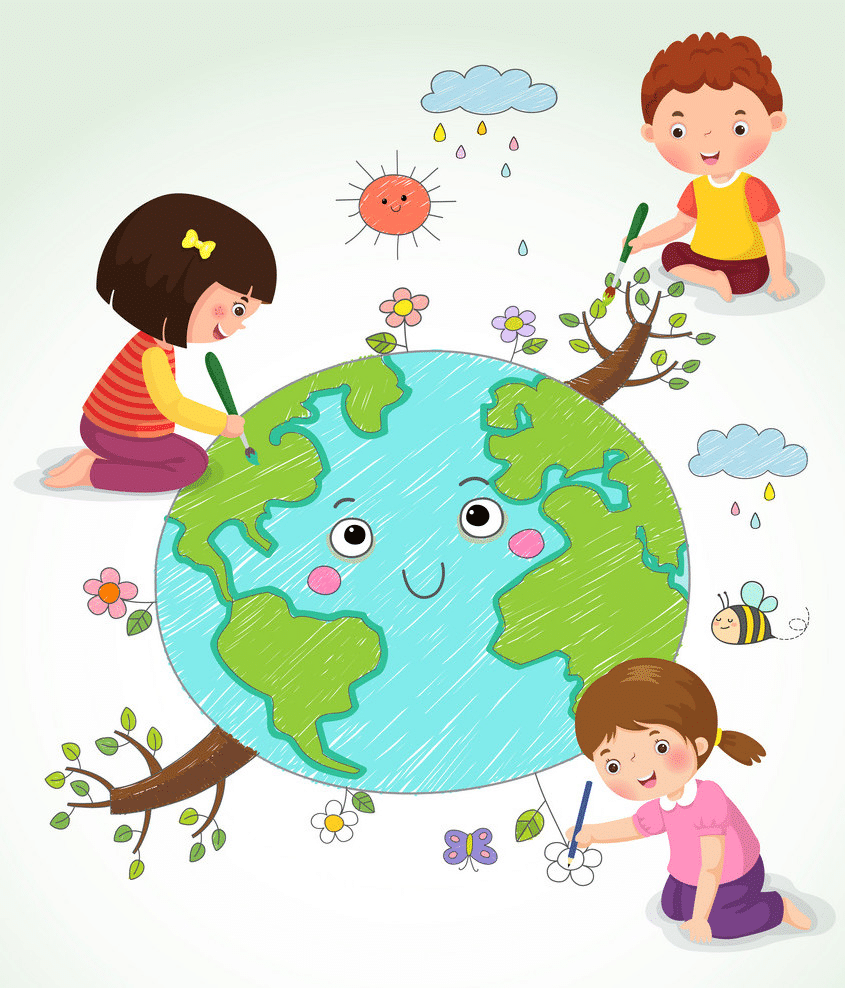
- The place where people, animals, and plants live is called the environment.
- The environment has soil, water, air, plants, animals, and other living things.
- Living things like animals and plants are called biotic components.
- Non-living things like air, water, soil, and sunshine are called abiotic components.
- Living and non-living things need each other to survive. This is called interdependence (Helping each other to live).

Dependence of Living Components on Non-Living Components
1. Air
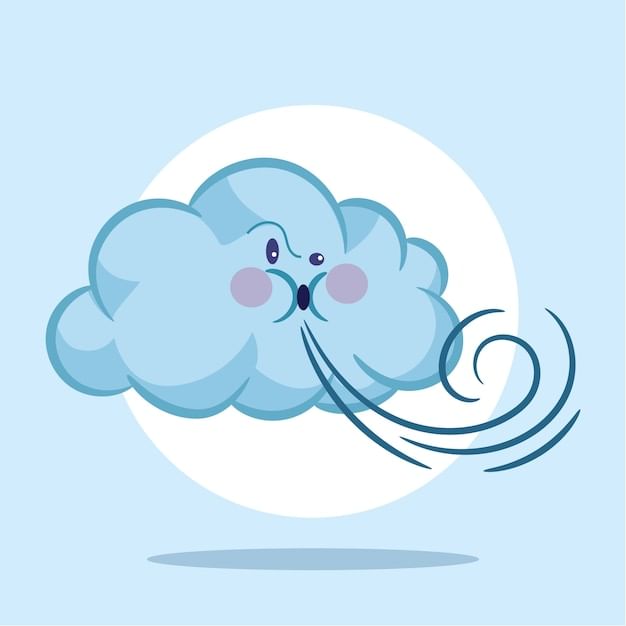
- Air is all around us.
- It has oxygen, which we need to breathe.
- Air also contains carbon dioxide, which plants use.
- We get air through our nose and lungs.
- Air helps both humans and plants live and grow.
2. Water
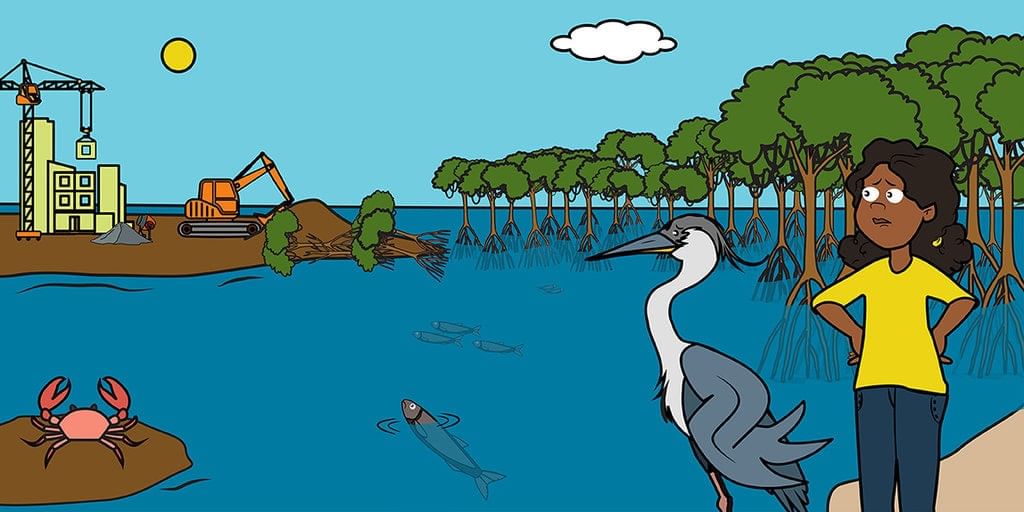
- Water is important for both plants and animals.
- Animals drink water.
- Plants absorb minerals and water through their roots.
- They also need water to prepare food.
- Our body is made up of 70% water.
- Blood, a flowing liquid present in our body is also made up of nearly 90% water.
3. Soil
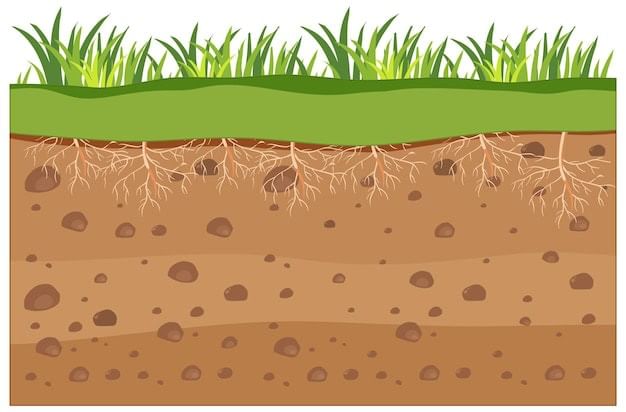
- Plants need soil to grow.
- Plants get water and minerals from the soil.
- Soil also provides them support.
- Soil provides shelter to animals such as rabbits, ants, earthworms and centipedes.
4. Heat and Light
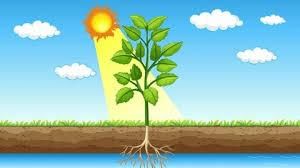
- Plants need the energy from the sun to make food.
- Sunlight also provides warmth for the survival of plants and animals.
- There would be no food or oxygen in the air if there was no sunlight.
- The heat from the sun keeps the Earth warm.
Interdependence Between Living Components of Environment
In nature, all living things are connected, and they depend on each other for survival. This interdependence helps maintain balance in the environment. Some ways in which living things depend on each other are as follows:
1. Animals (including humans) Depend on Plants
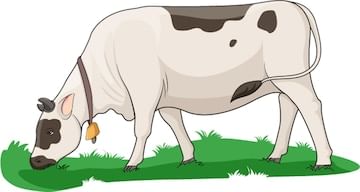
- Animals need plants for food, oxygen, and shelter.
- Goats, cows, and deer eat plants for food.
- Lions and tigers eat other animals, so they also depend on plants indirectly.
- Many animals live in trees for shelter.
- Birds build nests on trees to lay eggs.
2. Plants Depend on Animals
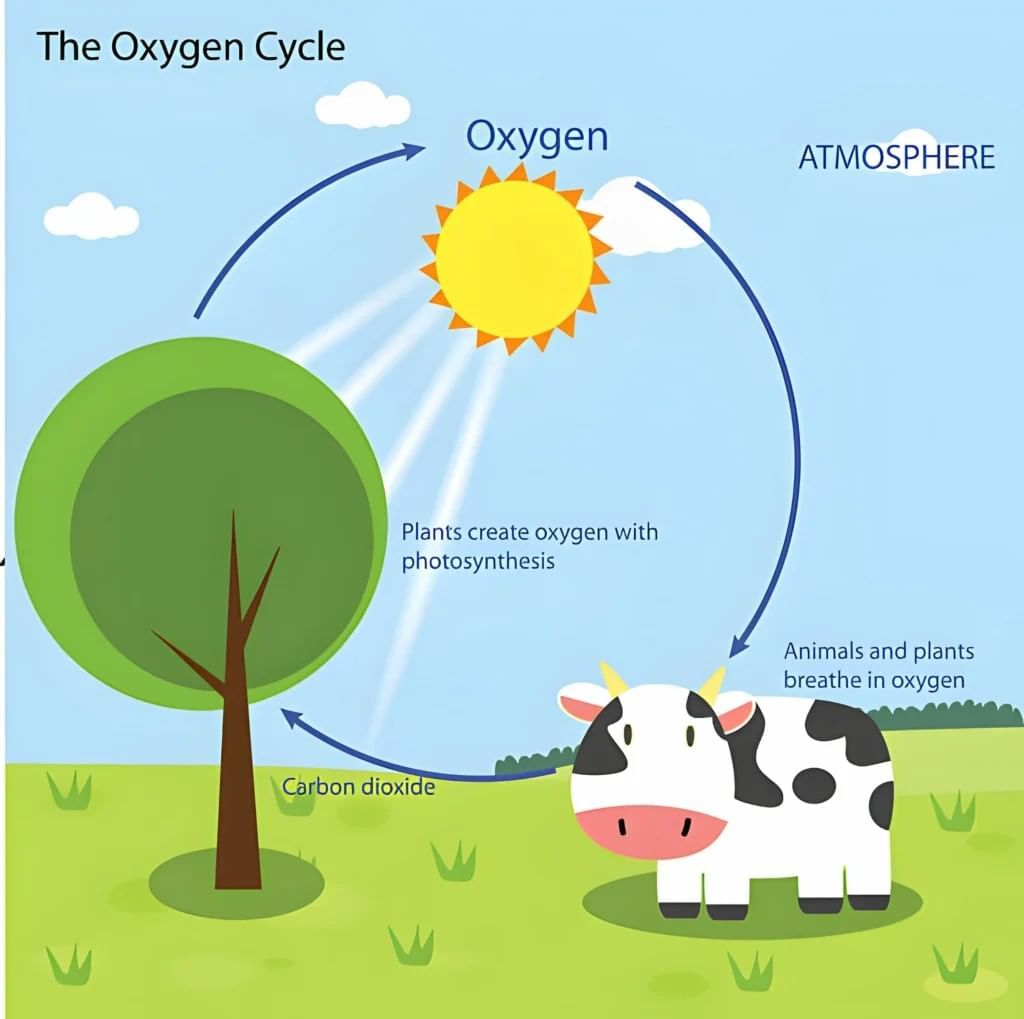
- Plants need carbon dioxide from animals, which they release while breathing.
- Animal waste and dead bodies make the soil rich in nutrients, helping plants grow.
- Birds and squirrels eat fruits and drop seeds, helping new plants grow.
- Insects and birds drink nectar from flowers and help plants produce fruits.
Let’s Learn About Pollution
- We just learned how important the environment is and how everything in nature is connected.
- But sometimes, people do things that hurt the environment.
- When the air, water, or land gets dirty and harmful, it is called pollution.
- Pollution makes it hard for people, animals, and plants to stay healthy. Let’s look at some of the things that cause pollution.
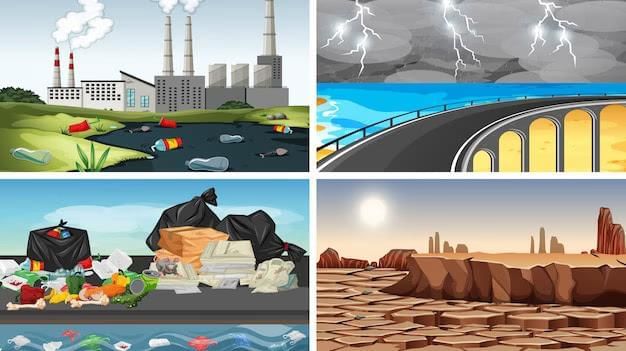
Causes of Environment Pollution
- Cutting trees or deforestation is one of the reasons responsible for polluting the environment.
- Burning fossil fuels such as petrol or diesel pollutes the environment.
- Throwing garbage here and there also pollutes the environment.
- Using plastic bags cause serious health hazards.
- Disposing chemical wastes in the rivers, pollutes the water bodies and thus causes serious threat to the environment.
Conclusion
Our Earth is like a big home, and everything we need to live—air, water, soil, and sunlight—comes from it. But if we don’t take care of the Earth, it can get hurt, and so can we.
But if we cut down trees, pollute water, or waste resources, the Earth can get hurt.
So, what can we do?
- Save water – Don’t waste it.
- Plant trees – They give us fresh air.
- Keep the Earth clean – Throw garbage in the bin.
- Use less plastic – It harms nature.
If we all take care of the Earth, it will stay happy and healthy for the future!
|
20 videos|203 docs|32 tests
|
FAQs on Our Environment Class 3 Notes Science
| 1. What are some examples of non-living things that living organisms need? |  |
| 2. How do living things support one another in nature? |  |
| 3. Why is the environment important for living organisms? |  |
| 4. What role do non-living things play in ecosystems? |  |
| 5. How can human activities impact the relationship between living and non-living things in the environment? |  |
















